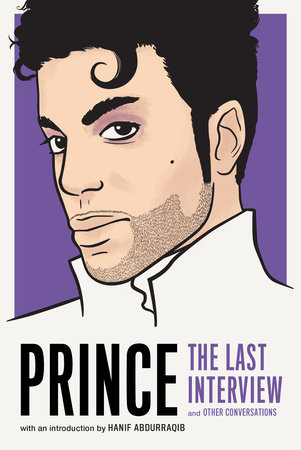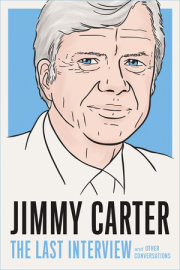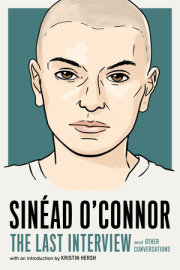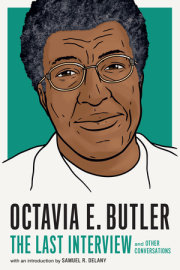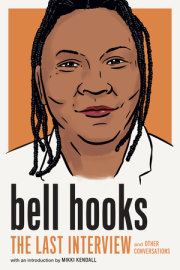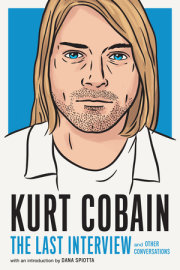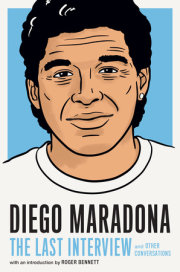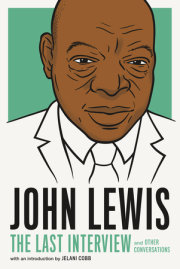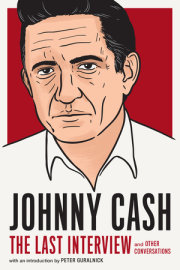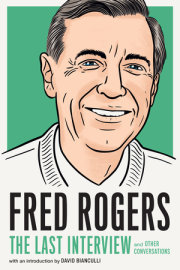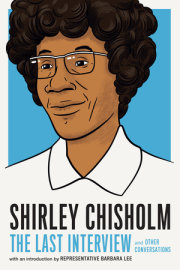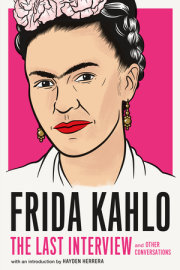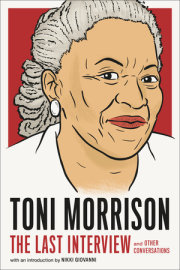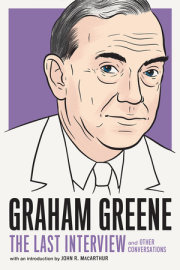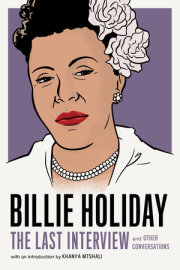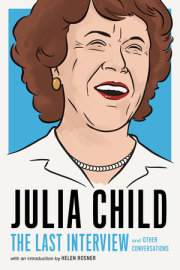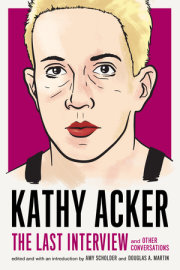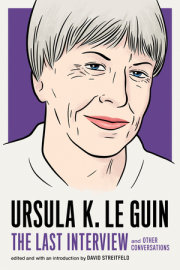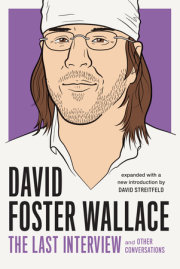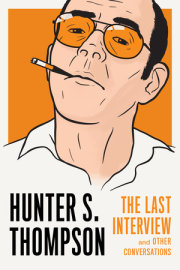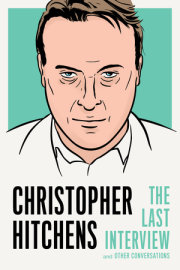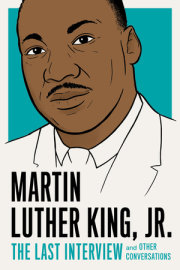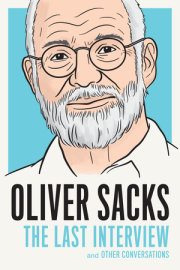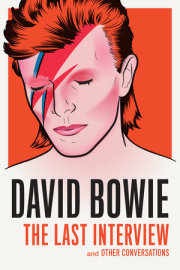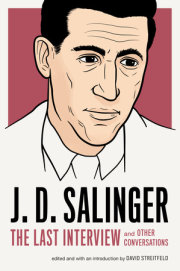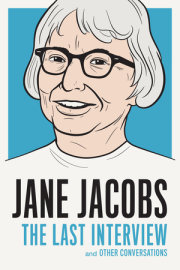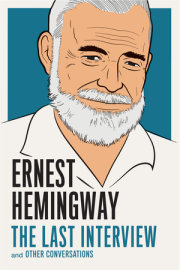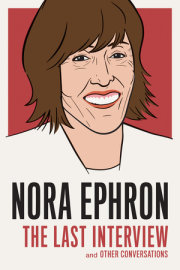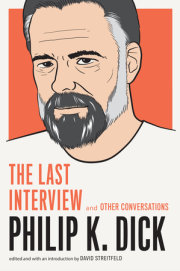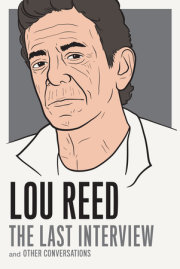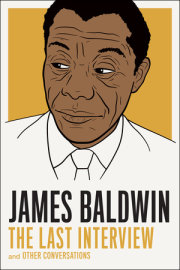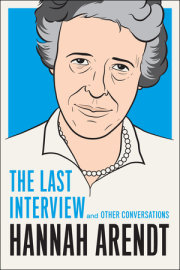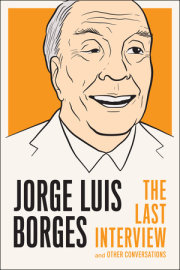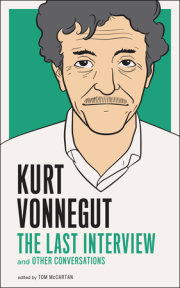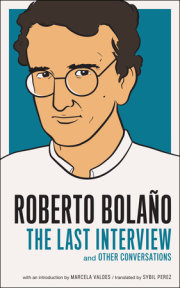Introduction by Hanif Abdurraqib, Prince: The Last Interview
INTRODUCTIONHANIF ABDURRAQIB
When a musician dies, this thing happens where stories about them overflow and fill every corner of the internet. If there is a bright spot in the absence death leaves, it is this one—people recalling their encounters with figures who could seem entirely mythological. For a lascivious figure, he followed for much of his life (and up to a point) the strict orthodoxy of the Jehovah’s Witnesses. No alcohol or drugs; he didn’t even swear. On Twitter, Talib Kweli recounted the story about DJing gangsta rap at a party that Prince had attended. He approached Kweli to tell him: “I ain’t get dressed up to come out and hear curses.”
But he loved to be active and athletic. There was the story Questlove told about Prince on a singular and bright pair of roller skates, outdoing everyone else at the roller rink. He was rumored to be a talented basketball player as well, something which lent Dave Chappelle’s famous skit of Prince challenging Charlie Murphy to a game of hoops a bit more gravitas.
And then there were those facts that simply defied logic. Old friends of Prince like Corey Tollefson and Kandace Springs insisted that you could tell Prince was about to enter a room because the smell of lavender would arise. Also mysterious was how, in one performance of “My Guitar Gently Weeps” with Tom Petty for the Rock & Roll Hall of Fame, he finished an astounding solo by throwing his guitar up into the rafters. It never came back down.
The moment that best captured his magic for me occurred during his 2007 Super Bowl halftime show. He played amid a torrential downpour, bouncing on a slick stage shaped in the symbol that once stood in for his name. He ripped through a cover of “Proud Mary” and reinvented “Best Of You” by the Foo Fighters, a song that, by then, was less than two years old. But it was his performance of “Purple Rain,” his finale that night, which still gets me. During the guitar solo Prince tears into to close out his signature track, I noticed specks of rainwater marching slowly down Prince’s face and kissing his bright blue suit and the orange shirt beneath it. I had watched that performance live with friends and remember joking with them that the water did not appear to be touching him, a confirmation that he was not of this world. But when I rewatched this performance soon after his death, it was only then, so many years later, that I confirmed the water had always been there. Prince was getting rained on just like everyone else packed into that football stadium.
For a lifetime spent first trying to figure Prince out, only to end up attributing an over-imagined lore to him, it was easy for me to detach from the idea that Prince—as mystifying as he managed to be—was also very human. It was there in his music, his visuals, his passions, and his curiosities—his humanity. And toward the end of his life, it seemed that being human was his biggest shift yet. During a 2014 interview for Rolling Stone, Prince tells Brian Hiatt that he is entirely uninterested in talking about the past, despite his past containing, by that point, so many gems worth unearthing and unraveling. “[T]here is no place else I’d rather be than right now,” Prince tells Hiatt. “I want to be talking to you, and I want you to get it.”
This is the joy of Prince—all of him. Not only what is contained within this collection of beautiful, challenging, and brilliant conversations, but the entirety of the life this book is honoring. Prince was spectacular, unfathomable in some ways, yet at his core he came to conversations asking to not be made into some kind of god, demanding any asker of questions to understand him beyond his superhuman capabilities. Before anyone else could, it was Prince who recognized his mortality, could sense it creeping up on him, and accepted it. That’s what brought Prince down to earth for me. Even if the adoring public missed it the first time, even if it were easy to deify him—Prince, the man, was always there, pointing to the raindrops on his jacket.
Copyright © 2019 by Melville House. All rights reserved. No part of this excerpt may be reproduced or reprinted without permission in writing from the publisher.





